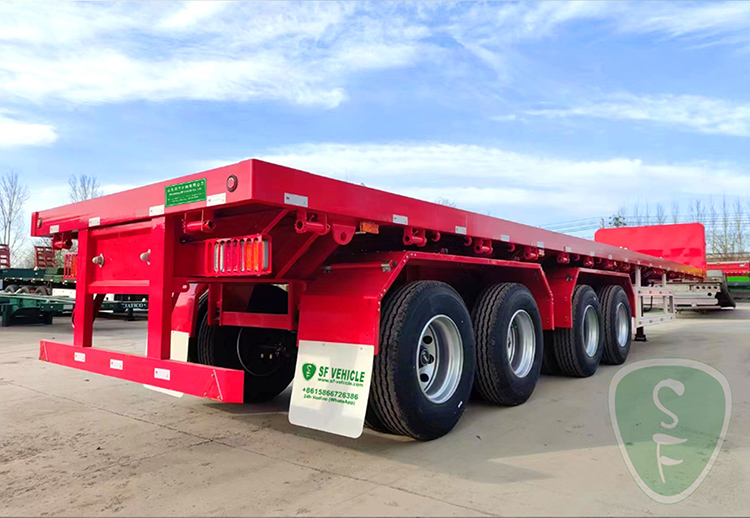Semi-trucks are heavier and longer than other vehicles on the road. Flatbed transportation carriers utilize these trucks to deliver heavy loads. As much as semi-trucks can carry large loads at one go, there are government regulations in place to restrict the maximum weight allowed. In Canada, a truck鈥檚 total weight limit is 80,000 pounds; this includes the mass of the trailer and the cab. However, for trucks with a single axle, the limit is 20,000 pounds. Trucks carrying tandem-axle loads have a weight limit of 44,000 pounds.
Another subset of combination trucks is the longer combination vehicle (LCV). An LCV is restricted to operate only in certain parts of the country; it is the only type of truck that can exceed 80,000 pounds. According to statistics, semi-trucks moved an estimated eight billion of freight annually.
In 2018, flatbed shipping companies hauled about 5.3 billion tons of cargo, representing about 53% of the overall domestic tonnage shipped that year. Although transport trucks can easily carry more weight than what is allowed, government regulations restrict this from happening. These measures are meant to protect truck drivers and other vehicles from the damage excessive weight can cause. They also help preserve the engine and safeguard cargo.
How Much We Rely on Trucks
Canada鈥檚 economy would be in a serious problem without trucks. There are over 15 million registered trucks in Canada that are used for various business purposes. There are also about 2.3 million Class 8 trucks in the country. These semi-trucks play a crucial role in maintaining our normal lives. Without them, the shelves at grocery stores would be empty, and as a result, so would our homes. Semi-trucks directly contribute to the stability of the economy. Thanks to advancements in technology, safety, and automation features, these trucks have become more efficient over time.














